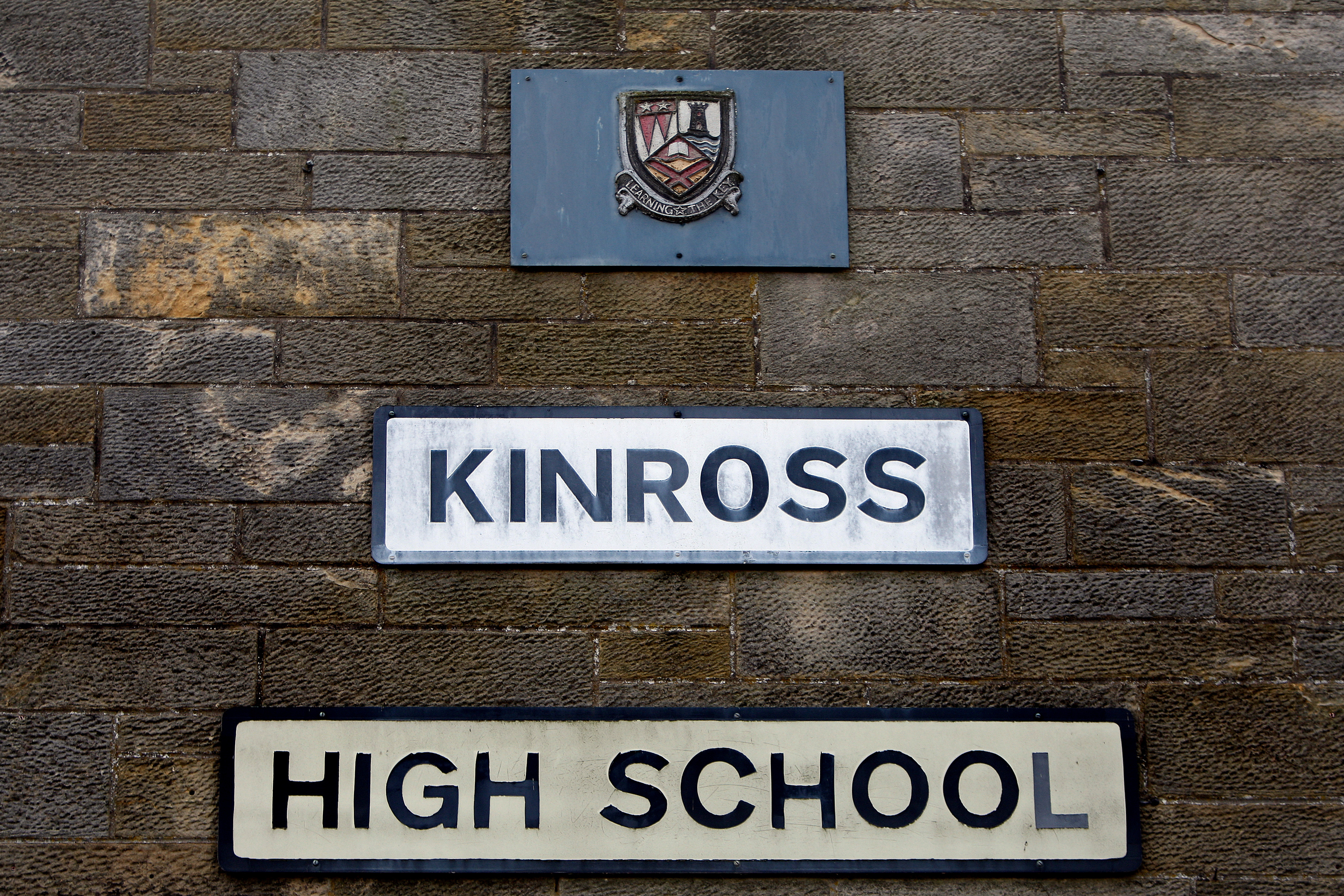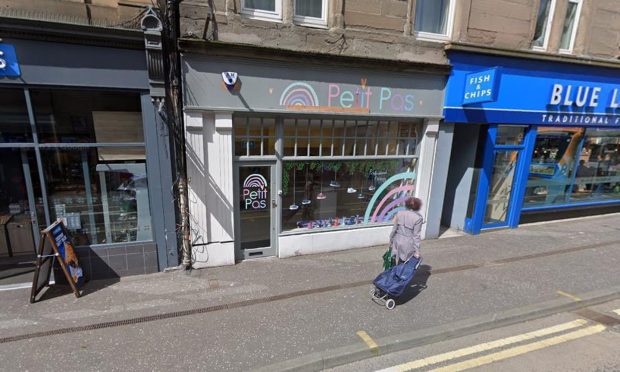Perth and Kinross Council has rejected allegations that it mishandled two major housing applications.
Kinross-shire Civic Trust lodged a formal complaint with the authority over its decisions to approve 91 houses at the old Kinross High School site and 300 houses at Lathro in Kinross.
In particular the trust took issue with the consents for Persimmon Homes failing to conform with the Local Development Plan (LDP) in terms of house numbers.
“In the case of the old Kinross High School application the site is identified in the LDP for 70 houses,” said Ken Miles of the civic trust.
“The consent given by Perth and Kinross Council to 91 houses is 30% in excess of the agreed number in the LDP.
“In regard to the Lathro application the LDP stipulates 140 houses to 2024.
“The consent given by PKC to 300 houses is 114% in excess of the agreed numbers in the LDP.
“Planning decisions taken can impact adversely and permanently on all of our communities.
“Many of these decisions involve multi-million pound developments and it is essential that proper scrutiny is applied for the benefit of upholding confidence in the planning system.”
The trust, in its complaint sent to council chief executive Bernadette Malone, asks why council officials are “disregarding” the LDP and recommending approval to councillors in such cases.
“Council officers (employees) are perceived to exercise influence and control beyond their remit,” claimed Mr Miles, describing it as “an unhealthy situation”.
In a response from the council Jamie Scott, team leader, major applications, said the housing allocations in the LDP were “not prescriptive” according to the reporters appointed by the Scottish Ministers.
“I am satisfied that the reports (to councillors from officials) accurately reflect the appropriate polices and provide a reasoned justification for the recommendations for approval for both applications,” concluded Mr Scott,
“I find no evidence that the reports sought to conceal information or mislead members of the policy position, site history or any other factor that was material to the determination of the applications.
“In such circumstances the planning authority are considered to have acted reasonably in both cases and I find no evidence whatsoever of maladministration in the determination process.”










